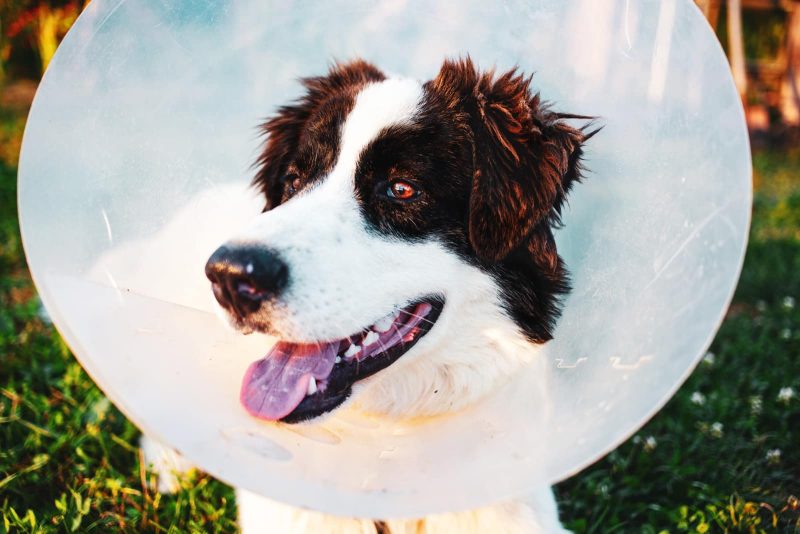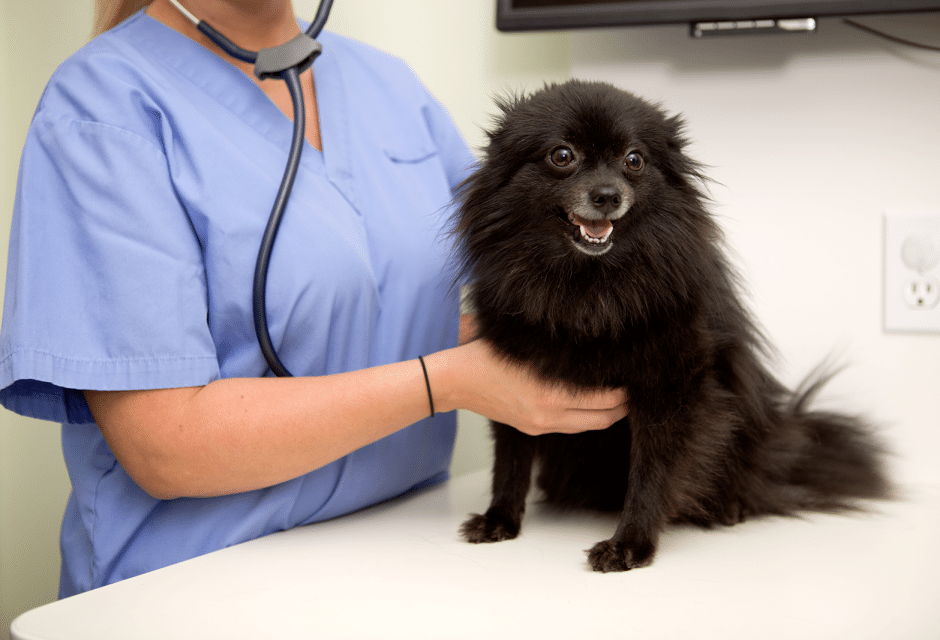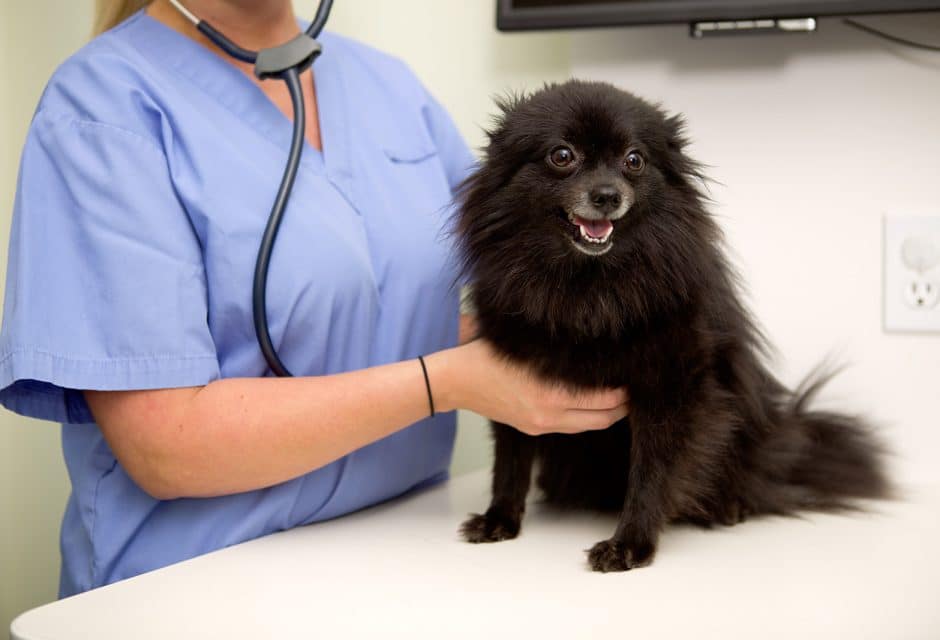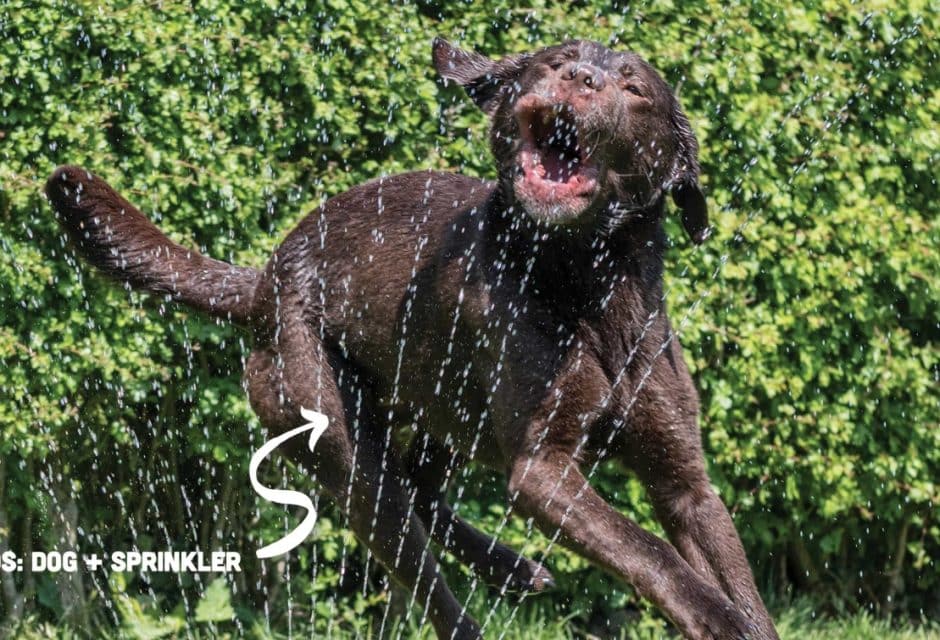

Is Chemotherapy Right For Your Dog?
Cancer affects nearly a quarter of all dogs. But is chemotherapy the right decision after a diagnosis? Here’s what to consider.
A self-described English Bulldog fanatic, Ali Schumann describes Bogart as a “dream dog.”
At age eight, Bogart, the “sweetest, kindest dog you could imagine,” started getting sores on his feet that wouldn’t go away. After two years of frequent vet visits and unsuccessful skin treatments, a biopsy revealed skin lymphoma.
While her vet recommended chemotherapy for the cancer, Ali was skeptical because of the “horror stories” she’d heard from fellow dog owners about adverse side effects. She also worried her dog wouldn’t understand why the treatment intended to help him was potentially making him feel worse. Ultimately she went ahead with treatment after her vet recommended a pill that had a good success rate for Bogart’s type of cancer, epitheliotropic lymphoma.
“I had originally thought if my dog gets cancer I would never put it through chemo—putting it through hell only for it to pass away—but after the vet told me about the pills it seemed like a lot of dogs really did well with that type of treatment,” she says.
Bogart did nine rounds of chemo over six months, a total cost of $675. He was lucky: The dog had no visible side effects and his appetite remained healthy. The cancer went into full remission.
Unfortunately, several months later it returned “with a vengeance,” and Bogart passed away shortly after. Still, he was the longest surviving cancer patient the seven vets at the animal hospital had ever seen. With a prolonged life and high quality of health until the cancer’s return, Ali says she would recommend going ahead with chemo to anyone whose dog had the same type of lymphoma.
“It really worked for us. There was no pain and our dog didn’t feel like crap. It was a very positive experience,” she says.
The Commonality of Cancer
Having a cancer diagnosis for your four-legged friend is terrifying, but more common that you might imagine. The number of dogs that will develop cancer in their lifetime is staggering. One in four will be affected—and that goes up to 30 percent for dogs over the age of seven, according to the AKC Canine Health Foundation (CHF). It is also the leading cause of death for senior pups, says the agency.
Chemotherapy is a commonly diagnosed tool to treat canine cancers. The series of drug treatments uses powerful chemicals intended to slow or hopefully eliminate the progress of the disease. It attacks cancer cells that rapidly divide but in the process also attacks healthy cells that rapidly divide, like hair cells. It can be offered as a standalone treatment or in conjunction with radiation and surgery, depending on the type and severity of the disease.
But going through chemo isn’t a guarantee your dog will beat the disease. There’s also a risk of side effects. Like humans, the side effects from chemotherapy for dogs include nausea, vomiting, and low energy levels. Diarrhea, dehydration and lethargy can also follow, and canines can be prone to bladder irritation—or cystitis—according to the College of Veterinary Medicine at Cornell University. The negative effects of treatment can be much more pronounced with senior animals, whose immune systems and energy levels are already decreased.
Making the Decision
The decision whether or not to proceed with chemotherapy isn’t straightforward. It’s emotional and personal, and can be draining both on your pet’s wellbeing and your wallet.
Dr. Sarah Charney of Boundary Bay Veterinary Specialty Hospital, in Langley, BC is a veterinary medical oncologist and radiation oncologist who has treated thousands—quite possibly tens of thousands—of dogs with cancer in her career. She sees the decision to pursue chemotherapy as a delicate balancing act of extending the animal’s life as long as possible, but without suffering. The goal of her cancer practice is to provide treatment options to extend the dog’s life without sacrificing quality of life.
“When we are treating with chemo our goal is to buy more days but that they are good quality days.”
“When we are treating with chemo our goal is to buy more days but that they are good quality days,” she says. “If we just get more days and the dog is sick all the time and is not having a good quality of life then that’s something we shouldn’t be doing for that animal.”
The first step is talking about what kind of cancer it is and where in the body it is. Then talk about prognosis with and without cancer, and whether the owner wants to pursue treatment.
When dealing with cancers that are treatable with chemotherapy, there will always be some cells that are resistant. “But we’re trying to buy time by knocking back the number of cancer cells,” she says.
…………………………………………………………………………………………………………………

These are the main factors Dr. Charney says owners should examine when considering chemo:
- Overall health: What is the animal’s overall health except for the cancer? It can be harder to treat an older animal with underlying conditions like heart or liver disease, or their prognosis might be worse.
- Age: Dr. Charney frequently tells clients “age is not a disease,” and doesn’t preclude treatment. But part of the calculation, however, is how long the animal has in general in terms of expected life span. Owners with a 15 year old animal may still go ahead with chemo to buy as many good days as possible with their pet.
- Finances: Unless you have pet insurance, there is no third-party payment system for chemo. And it can be expensive because it’s the same drugs as the ones used for humans, albeit in smaller quantities. So the treatment cost is often weighed as a factor.
- Life circumstances and the emotional toll: In many cases, dogs who go through chemo will not be cured. So Dr. Charney says pet parents need to consider how they’ll look back and feel about the situation in five years from now. And be honest about your own feelings.
“For some people it’s knowing I did everything I could to know my animal had as long as possible for as long as possible. Others may say I wish I hadn’t taken my dog to the doctor and go through treatment,” she says.
…………………………………………………………………………………………………………………
Factors to Consider
While chemo can be the best chance of beating certain cancers, the success rate is also dependent on a host of other factors. That includes how early the disease is detected, the health and age of the animal, breed, the type and grade of cancer, and whether treatment is in conjunction with surgery and radiation.
Side Effects
Dr. Charney says the vast majority of pups, about 85 percent, will have no negative side effects whatsoever when they go through chemotherapy. She estimates around 15 to 20 percent of patients can see some vomiting or diarrhea, and occasionally owners will say their dog is more tired. But generally, dogs tolerate the therapy quite well, she says.
All of her canine patients aren’t given anti-nausea medications from the onset, so if they do become nauseated there are drugs that can be administered to make them feel better. If she knows it’s an issue, those drugs can be given preventatively before the next round of therapy.
Charney says she’s frequently asked by pet owners what they would do if it was their own pet.
“If we think chemo will increase the odds of survival I would 100 percent do it on my own dog,” she says, adding that no therapy is set in stone and a good treatment plan should be flexible and modify as it progresses.
“If it’s not working and the dog isn’t feeling well we can stop.”
The Emotional Toll
In more than two decades of practicing, Dr. Adrian Walton of Dewdney Animal Hospital diagnoses cancer at least once a month, and sees owners struggling with the decisions surrounding treatment.
For him, the conversation people should have with their vet isn’t about whether it’s physically possible to do chemo, but rather, whether you “should” proceed with it.
“In veterinary medicine we have a tendency to talk about all the amazing things we can do. Because we really can do all the things for dogs that we do in human medicine,” he says.
“But I don’t think we spend enough time talking about the ‘should we’ part of the equation.”
While some dog owners have unlimited funds to spend on their animal—he’s seen one spend $50,000 on treatment—many don’t, and owners who don’t have the financial flexibility to pay for cancer therapy can end up feeling wracked with guilt if they don’t pursue chemo.
…………………………………………………………………………………………………………………
How CBD Can Help
“CBD can be helpful in mitigating the symptoms of cancer and the common side effects of chemotherapy, which include pain, nausea, anorexia and anxiety,” says Dr. Katherine Kramer Medical Director at VCA-Canada Vancouver Animal Wellness Hospital and Director of the Canadian Association of Veterinary Cannabinoid Medicine.
Dr. Kramer recommends speaking with your vet, especially if your dog is receiving chemotherapy since there are some potential drug reactions that could make the chemotherapy less effective.
Three to Try:
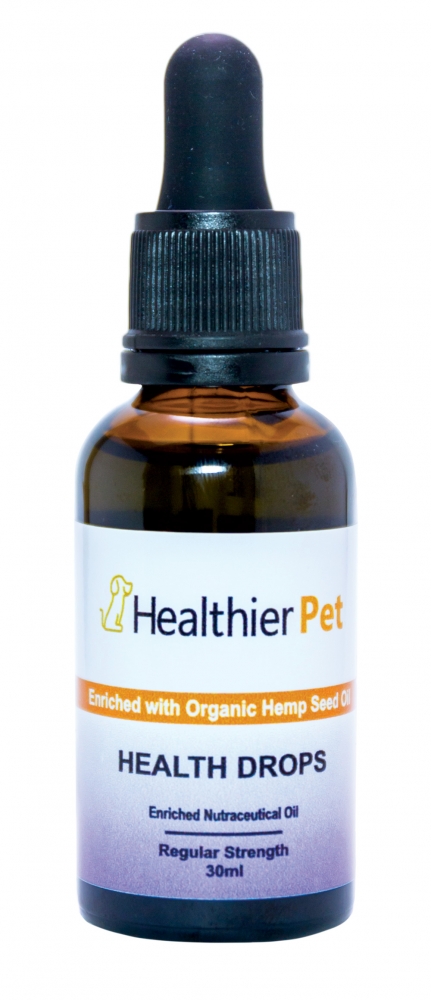
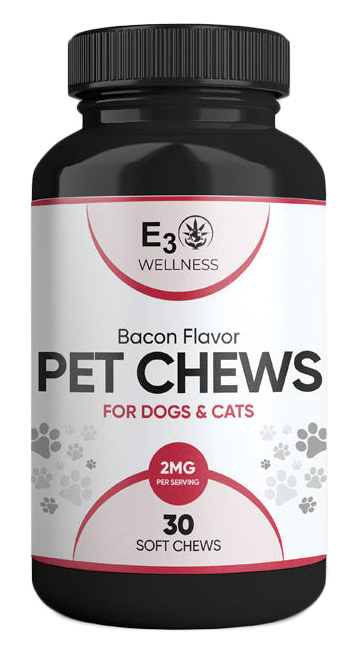
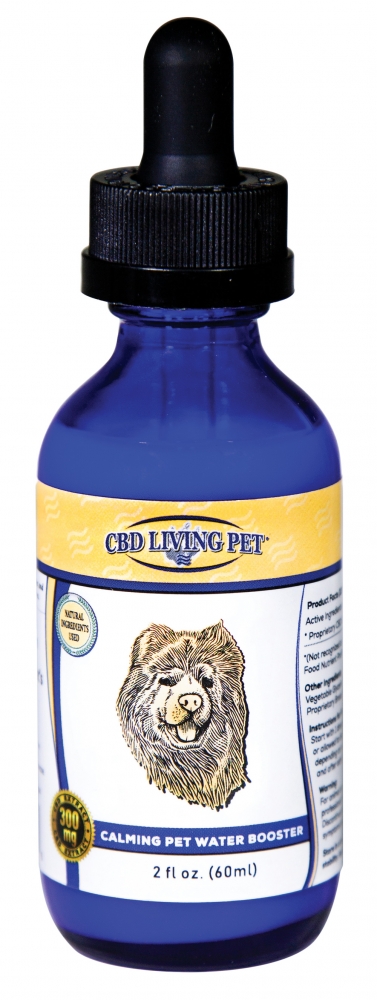
…………………………………………………………………………………………………………………
Walton says pet guardians should consider the emotional and financial burden of the process and weigh that against the relationship they currently enjoy with their pet.
“For some clients, after diagnosis, from that point on they are just so emotionally drained because they see their dog as mortal and that winds up impacting their relationship with their pet,” he says.
“I want people’s memories of their pets to be the 10 years of wonderful life they had with their dogs insead of the last six months of constant vet visits and the stress that goes with that.”
It’s not up to vets to make the decision for you, says Dr. Walton, and instead it needs to be a thoughtful dialogue weighing all the factors, including the cost, emotional journey, and likely outcome.
“I think people have to have that realistic conversation with their vet and their family—is this something for them or not,” he says.
Not for Everyone
After her senior Rottweiler-Border Collie Keara was diagnosed with mammary cancer, Kerri-Lynne Wilson opted not to go ahead with surgery and chemotherapy. With the dog’s already advanced age, she didn’t anticipate her life span being more than a few years—even if she was healthy.
Keara had spent 12 years running and hiking with Kerri-Lynne, and the dog owner didn’t feel it would be fair for the last months of her life to be just recovering from surgery and chemo. Plus, Keara loathed the vet, with each visit causing a great deal of anxiety and stress.
“We didn’t think doing chemo would be fair because she wouldn’t understand. Dogs live in the moment. And the additional stress of going to the vet multiple times would be so jarring,” she said.
The cancer, which presented as inflammatory carcinoma, was quick to take the dog’s life. It was only two to three months after the diagnosis that Kerri-Lynne put Keara down.
She believes the decision not to go ahead with chemo was the right one for her “sensitive” dog.
“For me, it came down to quality of life and what the dog understands. She wouldn’t have known the pain [of chemo] is that you were trying to help them,” she says.
“You have to gauge… is this fair to your dog?”
Join the newsletter and never miss out on dog content again!
"*" indicates required fields
By clicking the arrow, you agree to our web Terms of Use and Privacy & Cookie Policy. Easy unsubscribe links are provided in every email.

